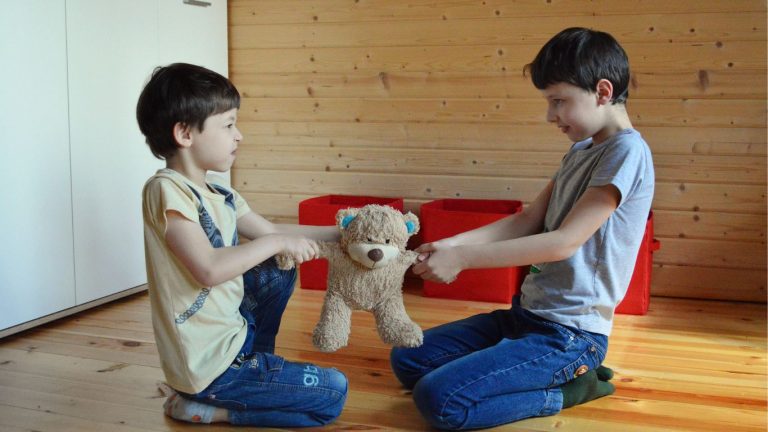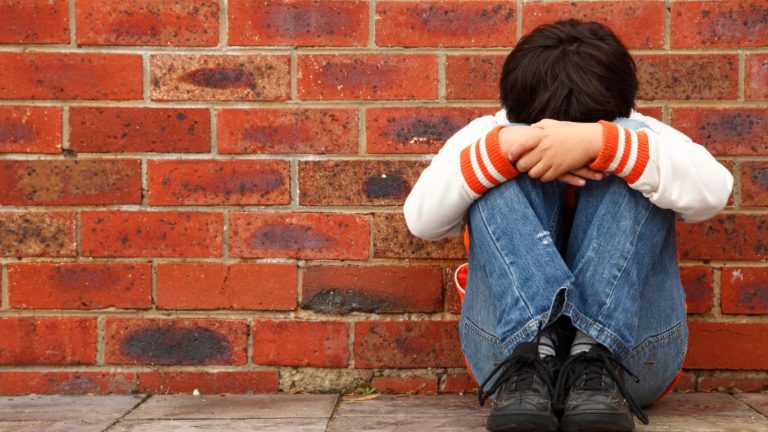After the sad death of Margaret Mahy last year, the title of greatest living children’s author in New Zealand must go to Joy Cowley, author of literally hundreds of books.
How lucky we are, then, that she has teamed up with Catholic priest Donald Morrison to produce the best Easter picture book I’ve come across.
As Easter approaches, and shops are already full of hot cross buns and chocolate eggs, I know plenty of families would like to bring some balance. Exploring the original story of Easter isn’t just for Christian households, either. If you’d like any kids in your life to understand why this secular nation has a long weekend in autumn, why the Easter story made such an impact on human culture that even we today celebrate in ways almost recognisable to our ancestors, then Joy Cowley’s book is the one for the job.
Children’s Bible stories are not all created equal. There are some wonderful adaptations around. The very best collection I know is The Jesus Storybook Bible, which I’ll talk about in detail another day.
Unfortunately, there are three big traps that many kids’ versions of Scripture fall into. They can take the stories out of context so their original meaning, the real point of the story, is hidden. They can made traditional, but strange, decisions on what material is appropriate for children, particularly when it comes to gore. And too often, they’re just not that well produced, compared to other children’s books.
Joy Cowley’s The Easter Story avoids all these traps and earns a place in every library, church and kids’ bookshelf. If there is a child in your life who likes picture books, this would be an excellent book to give them this Easter, to put all the chocolate in context.
Here’s how it begins, over three illustrated pages:
The Easter story is about God’s love for us,
a love too big to be described in words.
But we know it in our hearts.
We can feel it like a warm presence.
This is because we all have a spark of God in us.
If we live in loving kindness
that God spark will grow into a bright God light.
But it isn’t always easy to be loving.
Life gets difficult, and we can be unkind,
especially when people are unkind to us.
Sometimes the God spark in us
gets hidden by a sea of troubles.
I think God said something like this:
My children need to learn
to live in loving kindness
on the planet I have made for them.
They need to overcome problems
in order to grow strong.
I will go to earth and join them,
to show them the way.
Why do we need Jesus? In a few simple words, with nothing heavy-handed, Cowley has introduced the big concepts of creation, sin and incarnation beautifully. She sets the scene of the Easter narrative with a winsome understanding of how God feels about us and what God wants for us.
It’s not the only way of explaining these ideas, and there might be more to add, another day, but you’d be hard-pressed to find a Christian tradition that could disagree with this prologue.
Then she and Morrison turn to more familiar scenes, lightly leading us through the story so far, with pictures of the nativity, a carpenter’s workshop, and Jesus teaching, always putting the little stories in the context of the Big Story of God-and-us.
When we get to Jesus’ suffering and crucifixion, Cowley is sensitive to the empathy small readers often feel. She allows us to feel sad for Jesus, but not traumatised by gory depictions of violence.
She foreshadows the sad things to come several pages before the crucifixion, telling us that Jesus knew both that he had to die, and that death would not be the end. We see a bare tree in winter beside a green-leafed spring version before we get to the sad news.
Facing Morrison’s image of Jesus on the cross, are these words:
All this was meant to be.
Jesus had to know betrayal, fear, loneliness, hurt,
all the painful feelings that people experience,
so that in the future, his Spirit could be with us,
comforting us in our fear, loneliness and pain.
That is why we call the day of his death
GOOD Friday.
Of course the story doesn’t end there, and Cowley has an eye on the whole New Testament as she tells what happens next.
My favourite line (I cried when I first read it!) comes on the last page:
We can tell him about our mistakes.
He knows that people who don’t make mistakes,
don’t make anything, and he tells us to keep trying.
The Easter Story is told in fresh, warm language. The book is nicely produced, with quietly engaging artwork. Best of all, it tells the Big Story of God-and-us, not just the smaller story of a man dying.
I have used the book in church with adults as well as kids. If you only had one Easter book in the house, this would be enough.
Happy Easter, everyone! I’d love to hear your recommendations of other great Easter books, so please do leave a comment below.






[…] wonderful Joy Cowley has a lot to say on how to find the sacred in the mundane tasks of […]
[…] I’ve just reviewed a stunningly good Joy Cowley book for the Kiwi Families website: […]